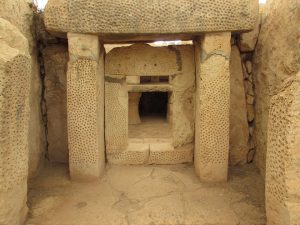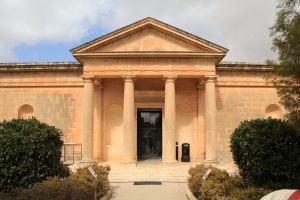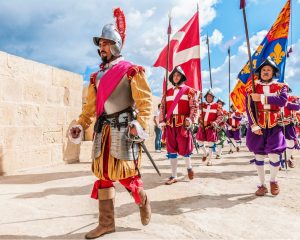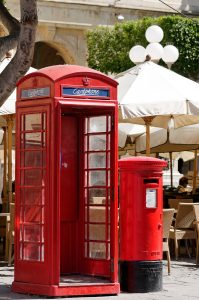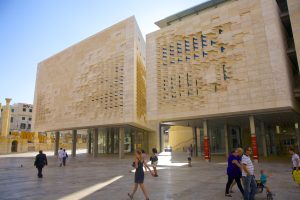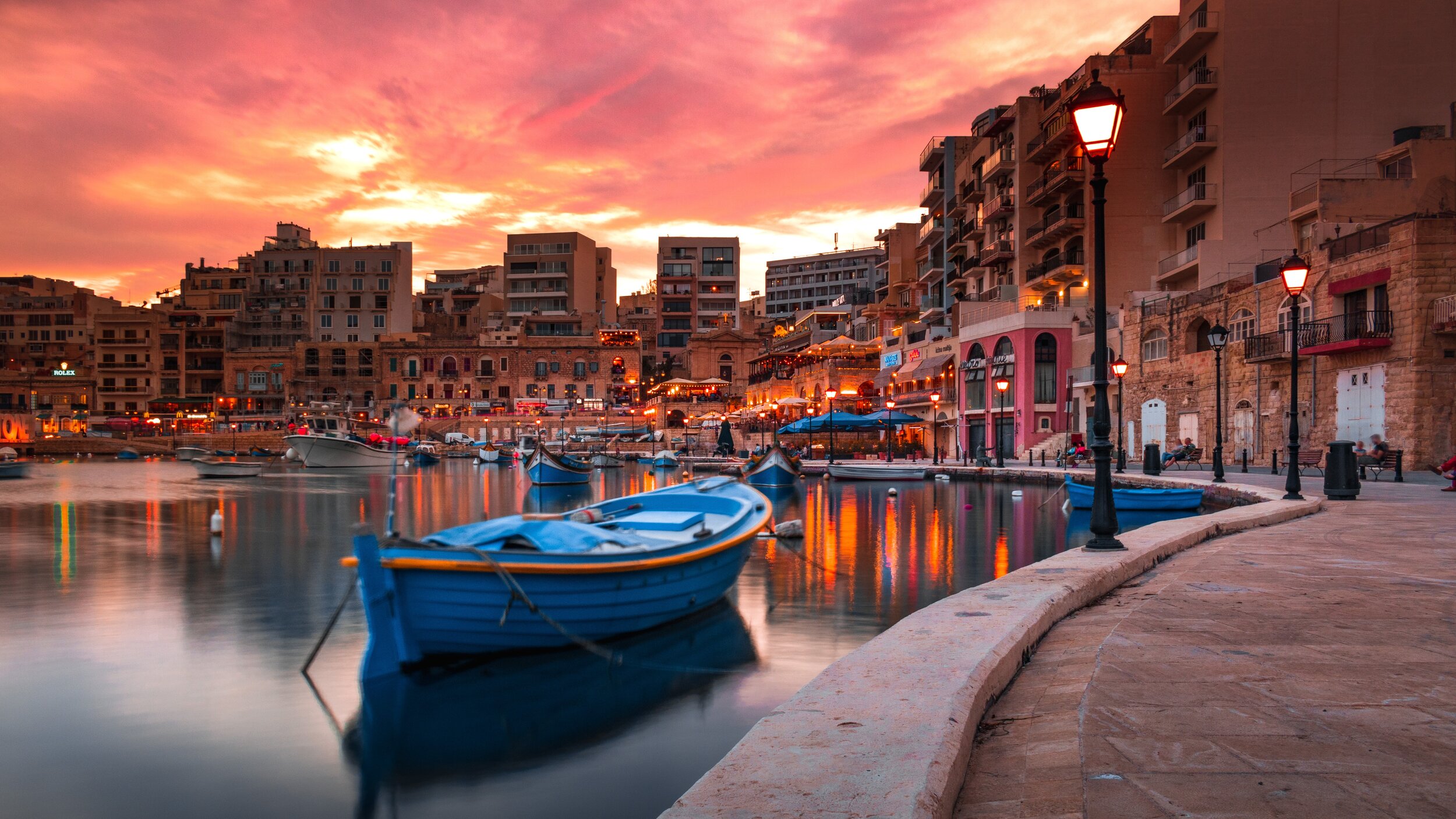 如果您点击这里,此页面将被翻译成中文。
如果您点击这里,此页面将被翻译成中文。
 如果您点击这里,此页面将被翻译成中文。
如果您点击这里,此页面将被翻译成中文。
 如果您点击这里,此页面将被翻译成中文。
如果您点击这里,此页面将被翻译成中文。
 如果您点击这里,此页面将被翻译成中文。
如果您点击这里,此页面将被翻译成中文。
Malta is indeed its own distinct country! – A Jewel in the Heart of the Mediterranean Sea. Malta has carved out a unique identity despite its relatively small size.
Here are a few compelling reasons why Malta stands as a sovereign nation with a history rich enough to make its mark on the world stage:
Strategic Location:
Positioned centrally between Europe, Africa, and the Middle East, Malta’s strategic location has made it a coveted prize throughout history, influencing its diverse cultural heritage.
Ancient Civilizations:
Malta’s history stretches back to ancient times, with archaeological sites such as the Megalithic Temples of Malta, which are among the oldest free-standing structures in the world, showcasing its early significance.
Colonial Legacy:
Malta’s complex history includes periods of rule by various powers, including the Phoenicians, Romans, Arabs, Normans, and Knights of St. John, each contributing to its rich cultural and historical tapestry.
Modern Independence:
Malta achieved full independence from British rule in 1964 and became a republic in 1974, affirming its status as a sovereign state with its own government and identity.
A quick Dive into Malta’s Historical Legacy
Ancient Foundations:
Malta’s history is rooted in antiquity, with the island first settled around 5200 BC. The Megalithic Temples, such as Ħaġar Qim and Mnajdra, built between 3600 and 2500 BC, are testament to Malta’s early significance as a center of prehistoric culture. These structures, constructed using massive limestone blocks, reveal sophisticated engineering and social organization among Malta’s early inhabitants.
Classical and Medieval Influences:
The island’s strategic location attracted the Phoenicians, who established colonies on Malta around 800 BC. The Romans later conquered Malta in 218 BC, integrating it into their vast empire. Malta flourished under Roman rule, becoming an important administrative and trade center. After the fall of the Roman Empire, Malta experienced a series of invasions by the Byzantines, Arabs, and Normans, each leaving their mark on the island’s culture and architecture.
The Knights of St. John:
A pivotal chapter in Malta’s history began in 1530 when the Knights Hospitaller, also known as the Knights of St. John, were granted sovereignty over the islands. The Knights transformed Malta into a formidable fortress, defending it against the Ottoman Turks in the Great Siege of 1565. This period saw the construction of impressive fortifications, including the grandiose Fort Saint Elmo and the magnificent capital city of Valletta, named in honor of Grand Master Jean de la Valette.
British Rule and Independence:
Following the Napoleonic Wars, Malta became a British protectorate in 1814 and was later formally annexed into the British Empire. During World War II, Malta played a crucial role as a strategic base, enduring significant siege and bombing but ultimately aiding the Allied victory. The post-war period saw a movement towards self-determination, culminating in Malta gaining independence from Britain in 1964 and becoming a republic in 1974.
Modern Malta:
Today, Malta stands as a vibrant member of the European Union, having joined in 2004. It continues to leverage its historical legacy and strategic location to maintain a strong presence on the global stage. The island nation balances its rich past with modern developments, making it a unique blend of historical depth and contemporary progress.
Malta’s history, marked by its ancient beginnings, medieval fortifications, and modern sovereignty, highlights its distinctive role in Mediterranean and world history. Its ability to preserve and celebrate its diverse heritage while evolving as a modern nation underscores why Malta is a remarkable country in its own right. – If you’re interested in gaining deeper insights into Malta’s culture, we recommend reading the following article [https://openhouse.com.mt/23758].
